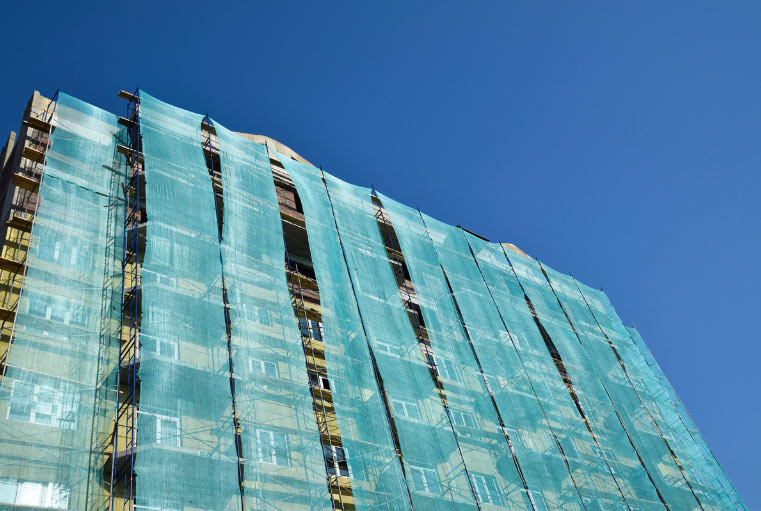Legal Developments in Construction Law: May 2023 – HRB regulations detailing key building information for the BSR in force

Legal Developments in Construction Law: May 2023 – HRB regulations detailing key building information for the BSR in force
In response to the Grenfell Fire tragedy, the Higher-Risk Buildings (Key Building Information) (England) Regulations 2023 (‘’the Regulations’’) was introduced and came into force on 6th April 2023. The latest Regulations require all existing occupied high-rise residential buildings (‘’HRBs’’) to be registered on or before 1st October 2023 (‘’this Date’’) under the Building Safety Regulator (‘’the Regulator’’). This is expected to apply to around 12,500 existing buildings. After this date, any new builds which meet the criteria need to be registered before being occupied, and developers will need to apply to the Regulator for approval before commencing work on any HRBs.
Definitions
Higher-risk building – (i) At least 18 metres in height or has at least 7 floors; and (ii) Contains at least 2 residential units, i.e. a dwelling or any other unit of living accommodation (section 65 Building Safety Act 2022). This includes student accommodation but excludes buildings that are entirely used as a hospital, care home, hotel, military premises, prison etc.
Principal Accountable Person (‘’PAP’’) – The person or organisation (such as the housing association, local authority, or company) who owns or is accountable for the building’s safety for your building or have been authorised to complete registration on their behalf (section 73 Building Safety Act 2022). If the building has more than one accountable person, the PAP is the one who is accountable for the external walls and structure of the building.
Register a High-rise residential building
- Collecting building summary information
- Number of floors at or above ground level (excludes floors below ground level and the roof)
- Height of the building in metres from ground floor level to the top floor (excludes the roof)
- Number of residential units (includes both vacant and occupied ones)
- The year it was originally built – You can select a range if you do not know the exact year. New buildings completed after 1st October 2023 must have the relevant completion certificate or final notice and must be registered before the building is occupied.
- The address or addresses
- Provide information about the PAP(s) for the building
- Name of the person or organisation
- Addresses
- Type of organisation
- The common parts of the building they are accountable for
If you want to appoint a representative to register the building on your behalf, such as a solicitor or a managing agent, you must give written authorisation and they will be asked to provide their contact details too. This does not make them an accountable person.
- Decide the structure of the building
(i) Single structure, or
(ii) Single structure split into multiple parts, or
(iii) Multiple joined structures, i.e. two buildings joined by an underground car park
- Paying fees
There is a registration fee of £251 per building.
After registration
PAP is required to submit the Key Building Information (‘’KBI’’) to the Regulator within 28 days of the application for registration.
Key Building Information
The KBI is set out in Regulations 3 to 18, which include: –
- The use and change of use
- External wall system
- Structural design and materials of the building
- Number of storeys and staircases
- Type of energy supply
- Emergency planning for the building
- Fire and smoke control equipment
The latest fire risk assessment or an eternal wall system appraisal should include the above information. Therefore, a separate survey may not be required.
Making changes/withdrawing the application
If you want to make any changes to the information you have submitted, you can contact the Regulator within 14 days of becoming aware. You can also contact the Regulator to withdraw an application.
Consequences
It is an offence for the building to be occupied without being registered (section 77 of the Building Safety Act 2022), for which the PAP will be held liable. The Health & Safety Executive has said that those who fail to comply will be investigated and may be prosecuted.
Next steps
If you are a developer or landlord, you should identify whether your building is being defined as a ‘High-Rise Building’. If so, identify who is the ‘PAP’ and register the building before 1st October 2023 to avoid prosecution and facing reputational damage.
Contact our Real Estate Dispute Resolution team today
If you would like to discuss any issue relating to this blog, please do not hesitate to contact a member of the Real Estate Dispute Resolution Team on 01895 201759 or contact us via the enquiry form at the top of our Property Disputes page.
